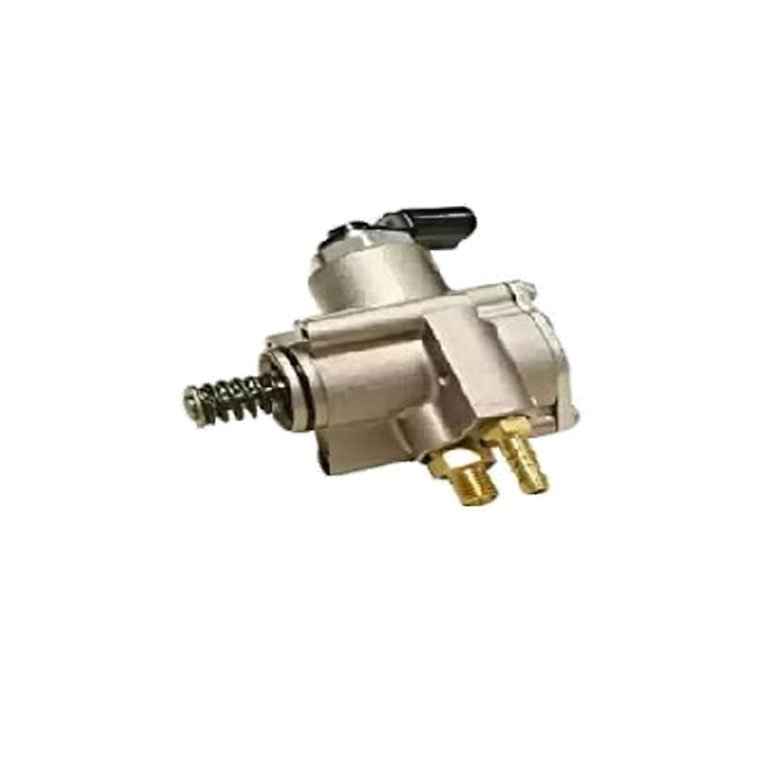06F127025J HPP108 High Pressure Fuel Pump
| Parameter | Description |
| Maximum Output Pressure | 50 – 200 bar (Model dependent) |
| Fuel Flow Rate | Typically 30 – 200 liters/hour (varies by engine size and application) |
| Operating Voltage | 12V (Passenger Cars), 24V (Commercial Trucks) |
| Fuel Compatibility | Gasoline, E10, E85, and other ethanol blends |
| Inlet/Outlet Connection | Quick-connect or threaded type, based on OEM design |
| Material Construction | High-strength alloy housing, stainless steel internal components |
| Corrosion Resistance | Designed to withstand ethanol and moisture exposure |
| Mounting Configuration | Bolt pattern and angle aligned with original manufacturer specifications |
Description
Installation Guidelines for High Pressure Fuel Pumps
Proper installation of a high pressure fuel pump (HPFP) is essential for optimal engine performance and fuel efficiency.
Below are key steps and precautions to follow when replacing or installing an HPFP in the aftermarket:
Preparation
- Ensure Compatibility: Verify that the replacement HPFP matches the exact make, model, engine type, and fuel system specifications.
- Depressurize the Fuel System: Before removal, relieve the pressure from the fuel system to avoid fuel spray and injury.
- Disconnect the Battery: Always disconnect the negative terminal of the battery to avoid electrical hazards.
Installation Steps
- Remove Old Pump:
- Disconnect fuel lines and electrical connectors.
- Unbolt the existing pump from the cylinder head or mounting bracket.
- Remove any O-rings, seals, or gaskets.
- Inspect and Clean Mounting Area:
- Ensure the mounting surface is clean and free of debris.
- Replace any worn or damaged seals with new OEM-grade components.
- Install New HPFP:
- Position the new fuel pump in place.
- Tighten bolts to the manufacturer’s torque specifications.
- Reconnect fuel lines securely using the correct fitting technique.
- Attach electrical connectors.
- Check for Leaks:
- Prime the fuel system and inspect for any leaks at connections.
- Reconnect the battery and start the engine.
- Allow the engine to idle and check system pressure (if required).
Important Tips
- Do Not Use Force: Misalignment or over-tightening can damage the pump or threads.
- Avoid Contaminants: Ensure no dirt enters the fuel lines or pump.
- Follow Torque Specs: Improper torque can cause leaks or misoperation.
- Use Only Clean Fuel: Prevent early failure caused by contaminated fuel.
Recommended Tools
- Torque wrench
- Fuel line disconnect tools
- Safety gloves and goggles
- Clean rags and sealant if required
Conclusion
Installing a high pressure fuel pump requires precision and attention to detail. Following these steps ensures your aftermarket HPFP performs reliably, maintains fuel pressure, and extends engine longevity.






